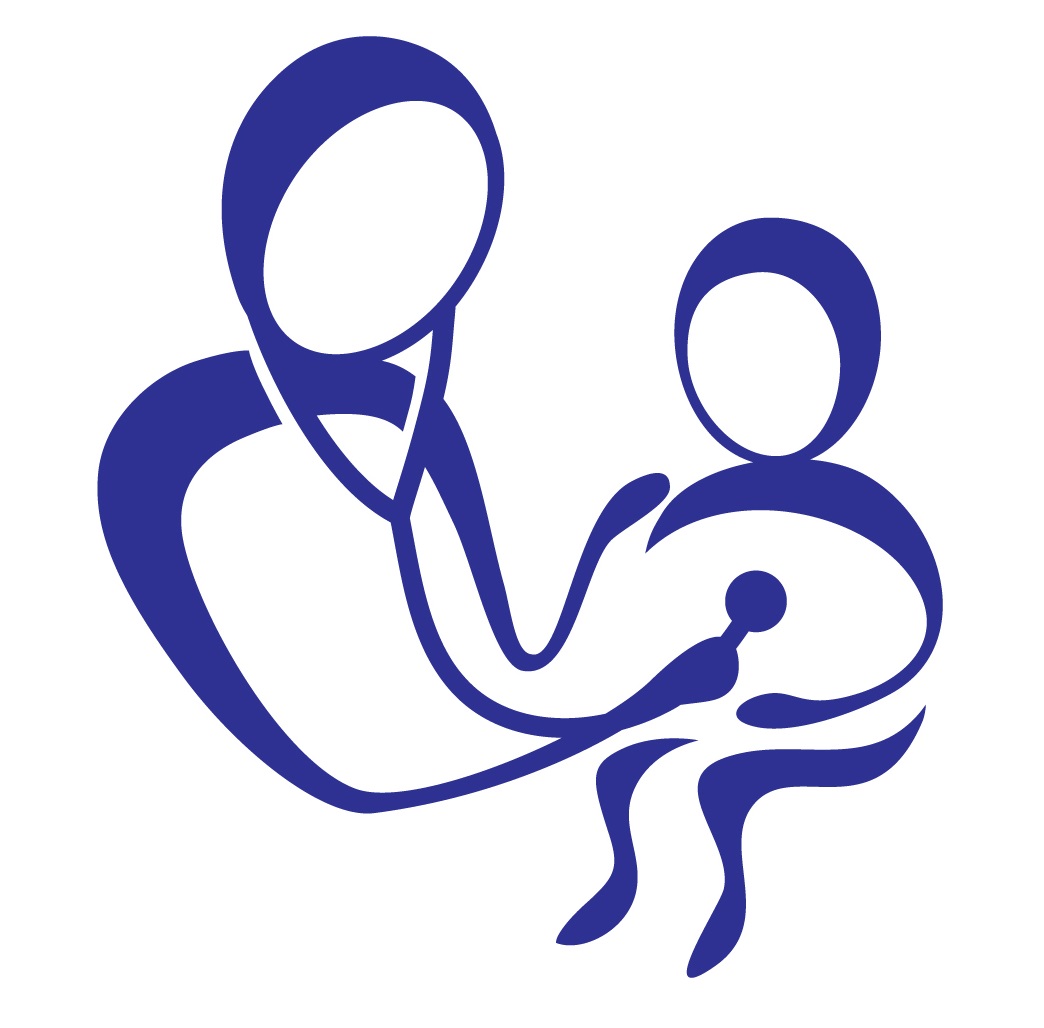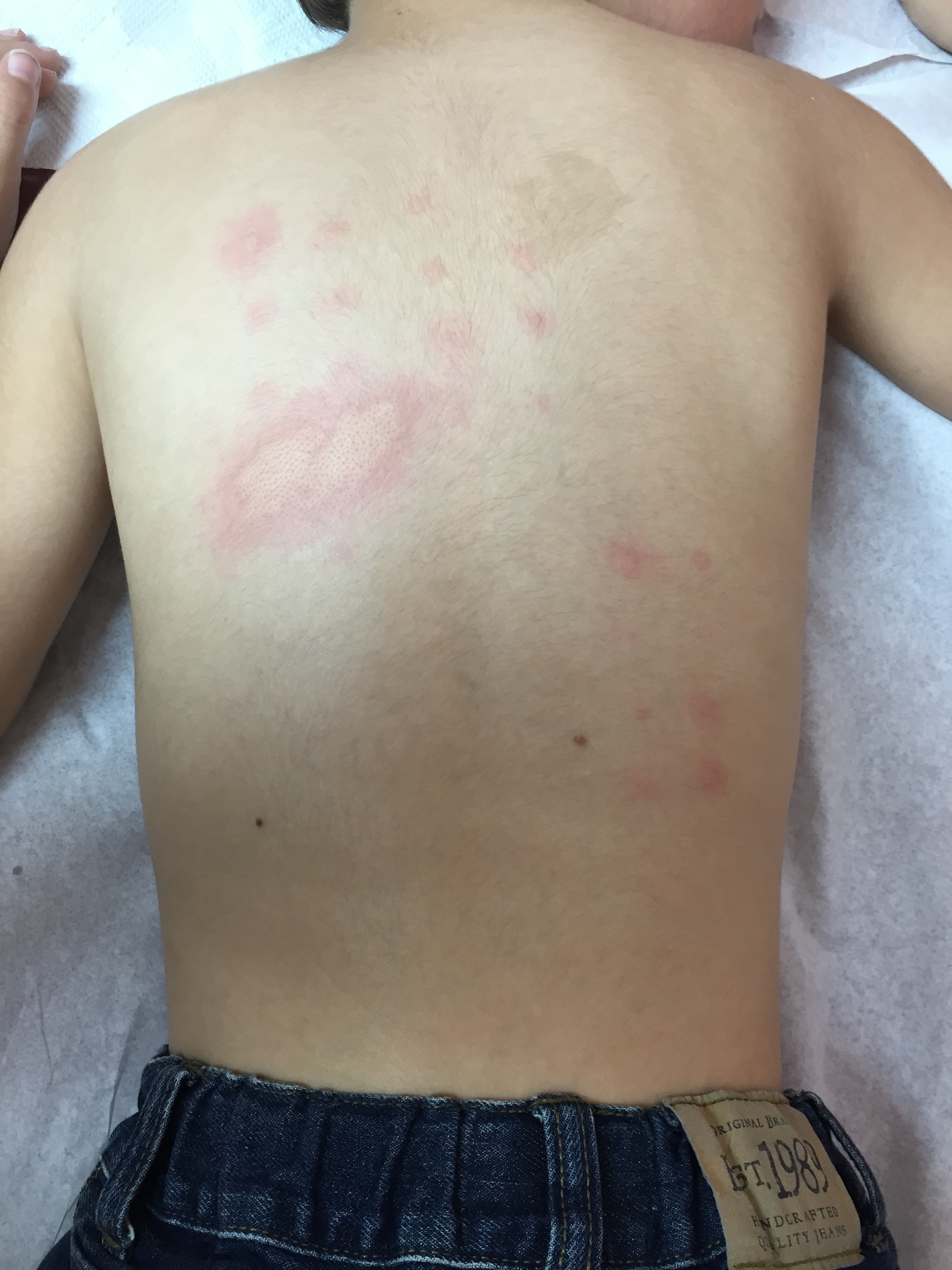Why an Allergy Skin Test was ordered to your child?
Allergy-related disorders are among the leading chronic diseases diagnosed in children. For example, many children with asthma has allergy to many environmental or food that may trigger an asthma attack. Also, many children with respiratory symptoms has allergic rhinitis (hay fever). As part of the evaluation of children seen at Centro de Neumologia Pediatrica children undergo Allergy Skin Testing. We perform our allergy skin testing using the MultiTest II kit from Lincoln Diagnistics.
For infants and children experiencing the following symptoms or conditions, an allergy test may determine if the problem is caused by specific allergens:
Rhinitis
Asthma
Food, insect sting, or medication reaction
Skin rashes (atopic dermatitis or eczema)
Other indicators of an allergy can be cold-like symptoms that last for more than a week and occur around the same time every year, as well as coughing and wheezing, especially at night, which might be allergic asthma caused by an indoor allergen.
Skin tests
The accuracy of both tests can be undermined if children are on certain medications such as antihistamines, antidepressants, and high-dose, long-term steroids, so the use of these drugs should be curtailed well before appointment day. Asthma medications or short bursts of oral steroids will not affect the results. According to the National Heart, Lung, and Blood Institute, selected patients with asthma should undergo skin or blood allergy tests to better understand how allergens are affecting their disease and learn how to avoid specific substances, such as dust mites or pet dander, that worsen symptoms.
After either type of test is administered, the area of the skin is observed for about 15 minutes to see if a reaction flare develops. A wheal (a raised, red, itchy bump) indicates the presence of the allergy antibody when the child comes in contact with specific allergens. The larger the wheal is, the greater the sensitivity.
Blood (in vitro) tests
Another way an we might perform allergy testing in children is through a blood test, such as a radio allergosorbent test, which is used when skin tests are hard to administer (for instance, if the child is unable to stop taking medication that would obscure the wheal and flare results). This and other similar tests may be less sensitive than skin tests for detecting food allergies, It is usually performed in children less than 3 years old.
Elimination diet tests
For children with suspected food allergies, the allergist may recommend and supervise a week-long diet that eliminates and isolates foods that are suspected of causing a reaction. Common culprits are milk, soy, eggs, peanut, wheat, tree nuts, or shellfish. The downside to this approach is that such diets may be hard for children and parents to follow. They also may produce inaccurate or unclear results because of the many foods allergens disguised in packaged and processed foods. Allergists can also administer food challenges giving patients certain foods in a controlled environment to assess reactions.

